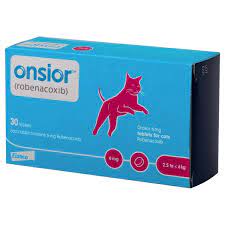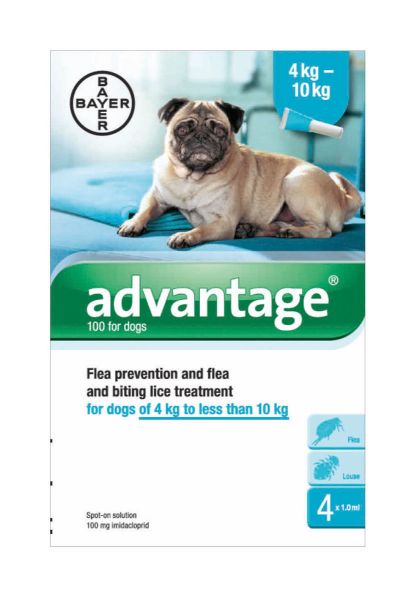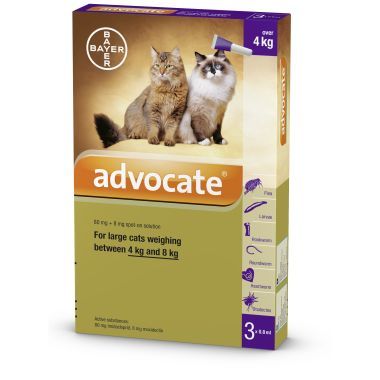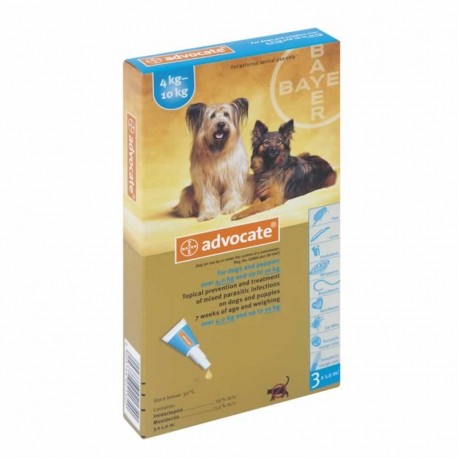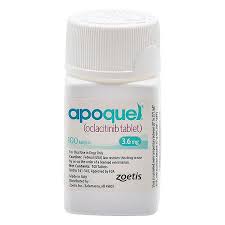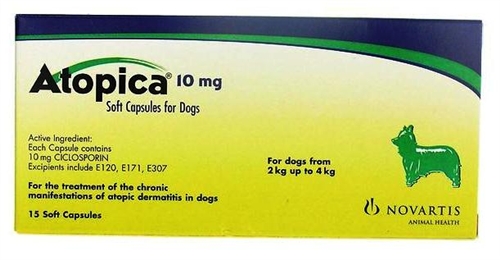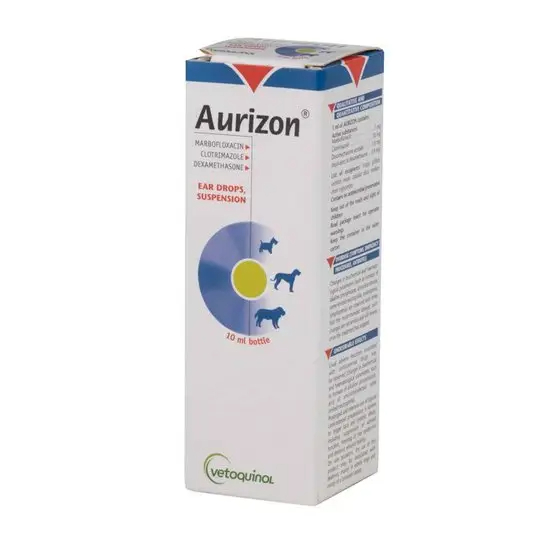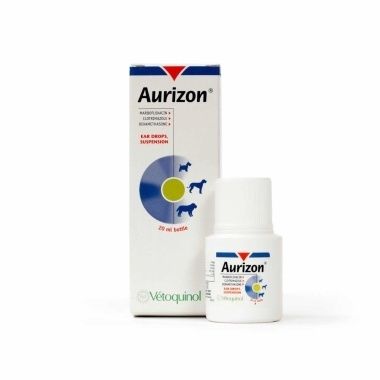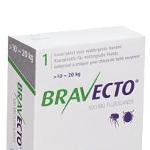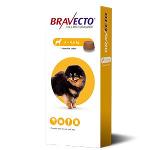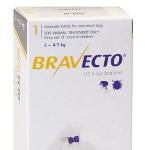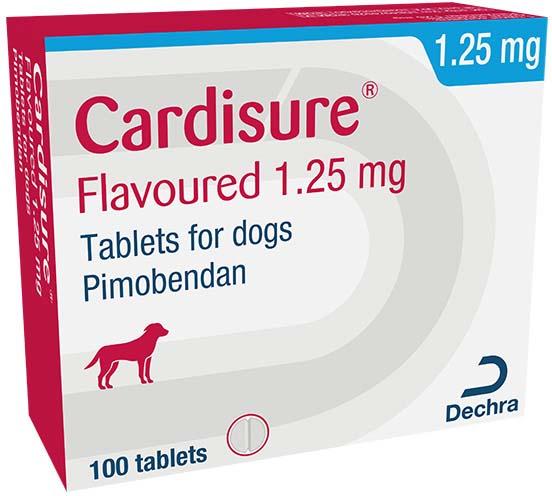Onsior 6mg tablet for cats Species: Cats Therapeutic indication: Pharmaceuticals: Anti-inflammatory preparations: Oral: Other NSAIDs Active ingredient: Robenacoxib Product:Onsior 6 mg tablets for cats Product index: Onsior 6 mg tablets for cats Qualitative and quantitative composition Each tablet contains: Active substance: Robenacoxib 6 mg. For the full list of excipients see section pharmaceutical particulars. Pharmaceutical form Tablet. Round, beige to brown tablets with imprints "NA" on one side and "AK" on the other side. Clinical particulars Target species Cats Indications for use, specifying the target species For the treatment of pain and inflammation associated with acute or chronic musculo-skeletal disorders in cats. For the reduction of moderate pain and inflammation associated with orthopaedic surgery in cats. Contraindications Do not use in cats suffering from gastrointestinal ulceration. Do not use concomitantly with corticosteroids or other non-steroidal anti-inflammatory drugs (NSAIDs). Do not use in case of hypersensitivity to the active substance or to any of the excipients. Do not use in pregnant and lactating animals (see section below) Special warnings for each target species None. Special precautions for use Special precautions for use in animals The safety of the veterinary medicinal product has not been established in cats weighing less than 2.5 kg or under 4 months of age. Use in cats with impaired cardiac, renal or hepatic function or in cats that are dehydrated, hypovolaemic or hypotensive may involve additional risks. If use cannot be avoided, these cats require careful monitoring. Response to term treatment should be monitored at regular intervals by a veterinary surgeon. Clinical field studies showed that robenacoxib was well-tolerated by most cat for up to 12 weeks. Use this veterinary medicinal product under strict veterinary monitoring in cats with a risk of gastrointestinal ulcers, or if the cat previously displayed intolerance to other NSAIDs. Special precautions to be taken by the person administering the veterinary medicinal product to animals Wash hands after use of the veterinary medicinal product. In small children, accidental ingestion increases the risk for NSAID adverse effects. In case of accidental ingestion, seek medical advice immediately and show the package leaflet or the label to the physician. In pregnant women, particularly near term pregnant women, prolonged dermal exposure increases the risk for premature closure of the ductus arteriosus in the foetus. Adverse reactions (frequency and seriousness) Mild and transient diarrhoea, soft faeces or vomiting were commonly reported in clinical trials with treatment up to 6 days. Lethargy may be observed in very rare cases. In addition, elevated renal parameters (creatinine, BUN and SDMA), and renal insufficiency have been reported very rarely in post marketing safety experience, more commonly in older cats and with concomitant use of anaesthetic or sedative agents (see also Sections: Special precautions for use; Interaction with other medicinal products and forms of interaction, and Amounts to be administered and administration route). The frequency of adverse reactions is defined using the following convention: - very common (more than 1 in 10 animals treated displaying adverse reaction(s)) - common (more than 1 but less than 10 animals in 100 animals treated) - uncommon (more than 1 but less than 10 animals in 1,000 animals treated) - rare (more than 1 but less than 10 animals in 10,000 animals treated) - very rare (less than 1 animal in 10,000 animals treated, including isolated reports). Use during pregnancy, lactation or lay Do not use in pregnant and lactating animals because the safety of robenacoxib has not been established during pregnancy and lactation or in cats used for breeding. Interaction with other medicinal products and other forms of interaction Onsior must not be administered in conjunction with other NSAIDs or glucocorticosteroids. Pre-treatment with other anti-inflammatory medicines may result in additional or increased adverse effects and, accordingly, a treatment-free period with such substances should be observed for at least 24 hours before the commencement of treatment with Onsior. The treatment-free period, however, should take into account the pharmacokinetic properties of the products used previously. Concomitant treatment with medicines displaying action on renal flow, e.g. diuretics or angiotensin-converting enzyme (ACE) inhibitors, should be subject to clinical monitoring. In healthy cats treated with or without the diuretic furosemide, concomitant administration of Onsior with the ACE inhibitor benazepril for 7 days was not associated with any negative effects on plasma aldosterone concentrations, plasma renin activity or glomerular filtration rate. No safety data in the target population and no efficacy data in general exist for the combined treatment of robenacoxib and benazepril. As anaesthetics may affect renal perfusion, the use of parenteral fluid therapy during surgery should be considered to decrease potential renal complications when using NSAIDs peri-operatively. Concurrent administration of potentially nephrotoxic medicines should be avoided as there might be an increased risk of renal toxicity. Concurrent use of other active substances that have a high degree of protein binding may compete with robenacoxib for binding and thus lead to toxic effects. Amounts to be administered and administration route For oral use. Give either without food or with a small amount of food. Onsior tablets are easy to administer and well accepted by most cats. The tablets should not be divided or broken. The recommended dose of robenacoxib is 1 mg/kg body weight with a range 1–2.4 mg/kg. The following number of tablets should be given once daily at the same time every day: Body weight (kg) Number of tablets 2.5 to 6 1 tablet 6 to 12 2 tablets Acute musculoskeletal disorders treat: for up to 6 days. Chronic musculo-skeletal disorders: Duration of treatment should be decided on an individual basis. Please refer to Special Precautions For Use. A clinical response is normally seen within 3-6 weeks. Treatment should be discontinued after 6 weeks if no clinical improvement is apparent. Orthopaedic surgery: Give as a single oral treatment prior to orthopaedic surgery. Premedication should only be carried out in combination with butorphanol-analgesia. The tablet(s) should be administered without food at least 30 minutes prior to surgery. After surgery, once daily treatment may be continued for up to two further days. If necessary, additional analgesic treatment with opioids is recommended. The interchangeable use of Onsior tablets and Onsior solution for injection has been tested in a target animal safety study and was shown to be well tolerated by cats. For cats, Onsior solution for injection or tablets may be used interchangeably in accordance with the indications and directions of use approved for each pharmaceutical form. Treatment should not exceed one dose (either tablet or injection) per day. Please note that the recommended doses for the two formulations are different. Overdose (symptoms, emergency procedures, antidotes), if necessary In healthy young cats aged 7–8 months, oral robenacoxib administered at high overdoses (4, 12 or 20 mg/kg/day for 6 weeks) did not produce any signs of toxicity, including no evidence of any gastrointestinal, kidney or liver toxicity and no effect on bleeding time. In healthy young cats aged 7- 8 months, oral robenacoxib (Onsior tablets) administered at overdoses of up to 5 times the maximum recommended dose (2.4 mg, 7.2 mg, 12 mg robenacoxib/kg bodyweight ) for 6 months was well tolerated. A reduction in body weight gain was observed in treated animals. In the high dose group kidney weights were decreased and sporadically associated with renal tubular degeneration/ regeneration but not correlated with evidence of renal dysfunction on clinical pathology parameters. The interchangeable use of Onsior tablets and Onsior solution for injection in 4-month old cats at overdoses of up to 3 times the maximum recommended dose (2.4 mg, 4.8 mg, 7.2 mg robenacoxib/kg orally and 2.0 mg, 4.0 mg and 6.0 mg robenacoxib/kg subcutaneously) resulted in a dose-dependent increase of sporadic oedema at the injection site and minimal to mild subacute/chronic inflammation of the subcutaneous tissue. A dose-dependent increase in the QT interval, a decreased heart rate and corresponding increased respiratory rate were observed in laboratory studies. No relevant effects on body weight, bleeding time or evidence of any gastrointestinal, kidney or liver toxicity were observed. In overdose studies conducted in cats, there was a dose-dependent increase in the QT interval. The biological relevance of increased QT intervals outside of normal variations observed following overdose of robenacoxib is unknown. No changes in the QT interval were observed after single intravenous administration of 2 or 4 mg/kg robenacoxib to anaesthetised healthy cats. As with any NSAID, overdose may cause gastrointestinal, kidney, or liver toxicity in sensitive or compromised cats. There is no specific antidote. Symptomatic supportive therapy is recommended and should consist of administration of gastrointestinal protective agents and infusion of isotonic saline. Withdrawal periods Not applicable. Pharmacological particulars Pharmacotherapeutic group: Anti-inflammatory and anti-rheumatic products, non-steroids, coxibs. ATCvet code: QM01AH91. Pharmacodynamic properties Robenacoxib is a non-steroidal anti-inflammatory drug (NSAID) of the coxib class. It is a potent and selective inhibitor of the cyclooxygenase 2 enzyme (COX-2). The cyclooxygenase enzyme (COX) is present in two forms. COX-1 is the constitutive form of the enzyme and has protective functions, e.g. in the gastrointestinal tract and kidneys. COX-2 is the inducible form of the enzyme which is responsible for the production of mediators including PGE2 which induce pain, inflammation or fever. In the in vitro whole blood assay in cats, the selectivity of robenacoxib was approximately 500 fold higher for COX-2 (IC50 0.058 μM) as compared to COX-1 (IC50 28.9 μM). At a dose of 1–2 mg/kg body weight, robenacoxib tablets produced a marked inhibition of COX-2 activity in cats and had no effect on COX-1 activity. In an inflammation model in cats, robenacoxib injection had analgesic, anti-inflammatory and anti-pyretic effects and a rapid onset of action (0.5 h). In clinical trials in cats, robenacoxib tablets reduced pain and inflammation associated with musculoskeletal disorders and reduced the need for rescue treatment when given as premedication in case of orthopaedic surgery, in combination with opioids. In two clinical trials in (mainly indoor) cats with chronic musculo-skeletal disorder (CMSD), robenacoxib increased the activity and improved subjective scores of activity, behaviour, quality of life, temperament and happiness of the cats. Differences between robenacoxib and placebo were significant (P<0.05) for the client specific outcome measures, but did not reach significance (P=0.07) for the feline musculoskeletal pain index. In a clinical study, 10 of 35 CMSD cats were assessed to be significantly more active when treated with robenacoxib for three weeks compared to these same cats when they received a placebo treatment. Two cats were more active when given placebo and for the remaining 23 cats no significant difference in activity could be detected between robenacoxib and placebo treatment. Pharmacokinetic particulars Absorption After oral administration of robenacoxib tablets at approximately 2 mg/kg without food, peak blood concentrations are attained rapidly with a Tmax of 0.5 h, a Cmax of 1,159 ng/ml and an AUC of 1,337 5 ng·h/ml. Co-administration of robenacoxib tablets with one third of the daily food ration produced no change in Tmax (0.5 h), Cmax (1,201 ng/ml) or AUC (1383 ng·h/ml). Co-administration of robenacoxib tablets with the entire daily food ration produced no delay in Tmax (0.5 h), but a lower Cmax (691 ng/ml) and a slightly lower AUC (1,069 ng·h/ml). The systemic bioavailability of robenacoxib tablets was 49% without food. Distribution Robenacoxib has a relatively small volume of distribution (Vss 190 ml/kg) and is highly bound to plasma proteins (more than 99%). Biotransformation In cats robenacoxib is extensively metabolised by the liver. Apart from one lactam metabolite, the identity of other metabolites is not known in cats. Elimination Robenacoxib is rapidly cleared from blood (CL 0.44 L/kg/h) with an elimination t1/2 of 1.1 h after intravenous administration. After oral administration of tablets, the terminal half-life from blood was 1.7 h. Robenacoxib persists longer and at higher concentrations at sites of inflammation than in blood. Robenacoxib is excreted predominantly via the biliary route (~70%) rather than via the kidneys (~30%). The pharmacokinetics of robenacoxib do not differ between male and female cats.

